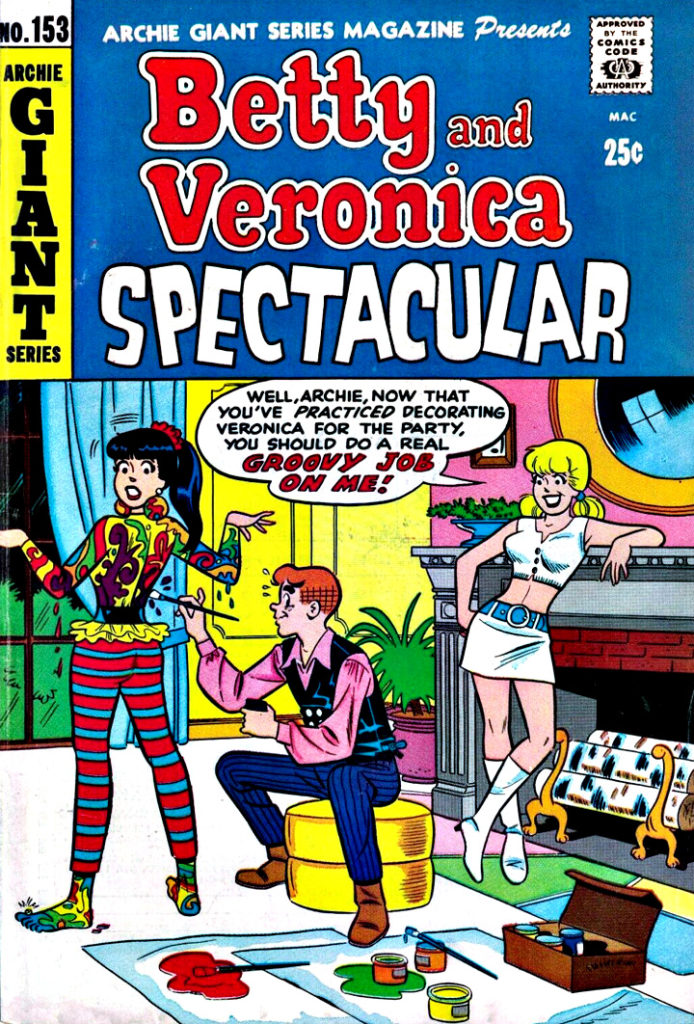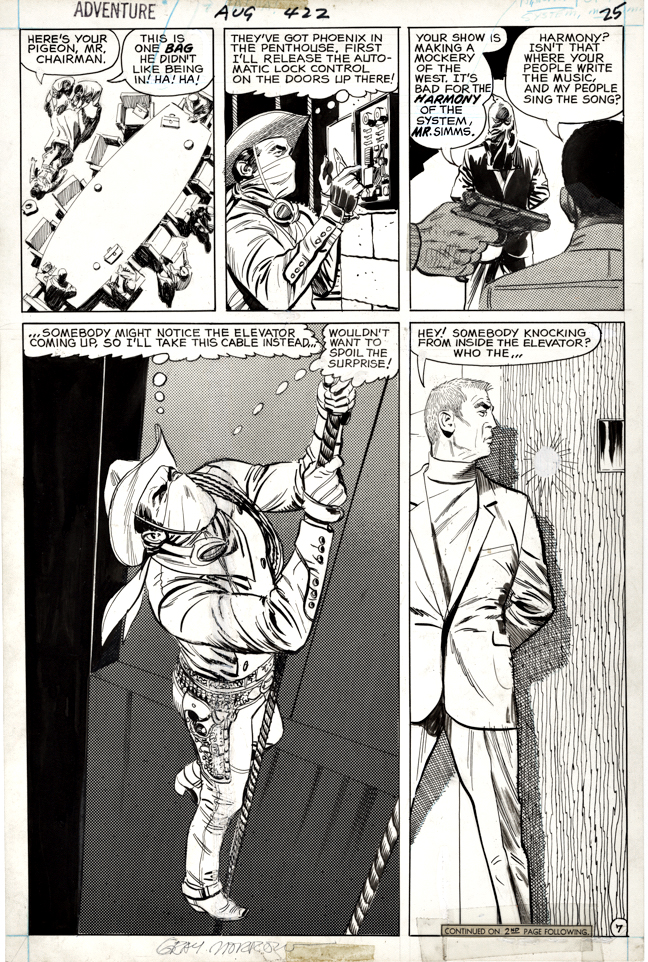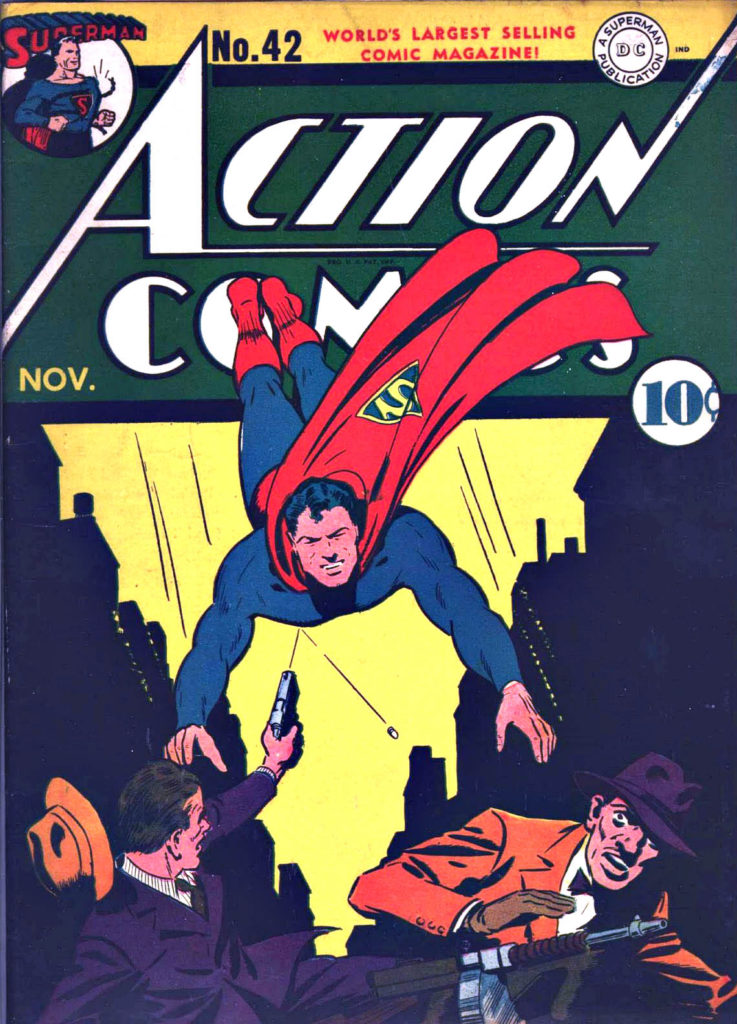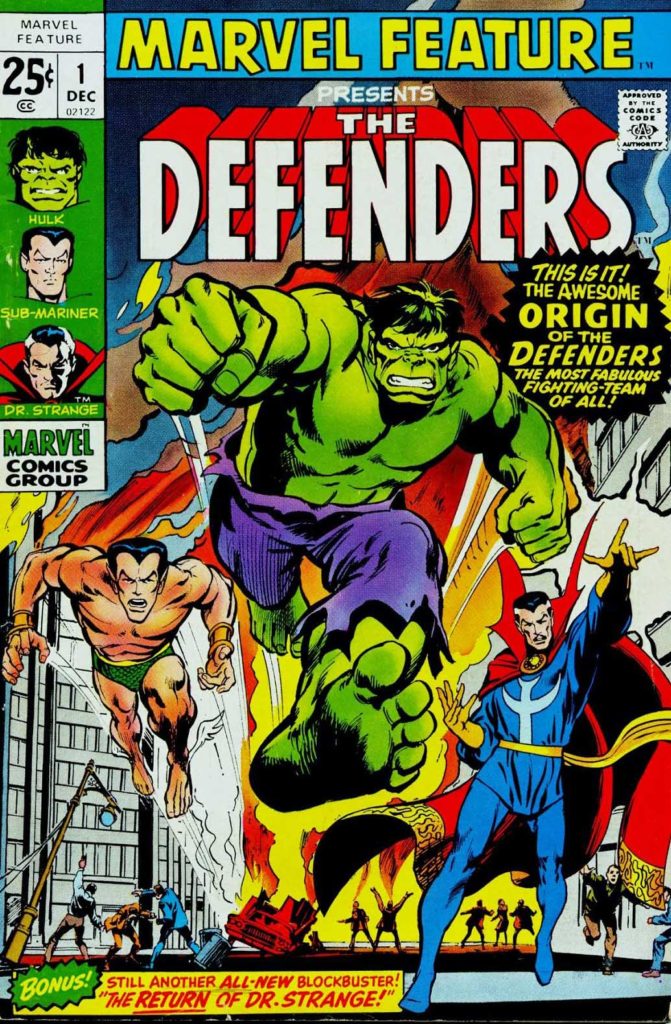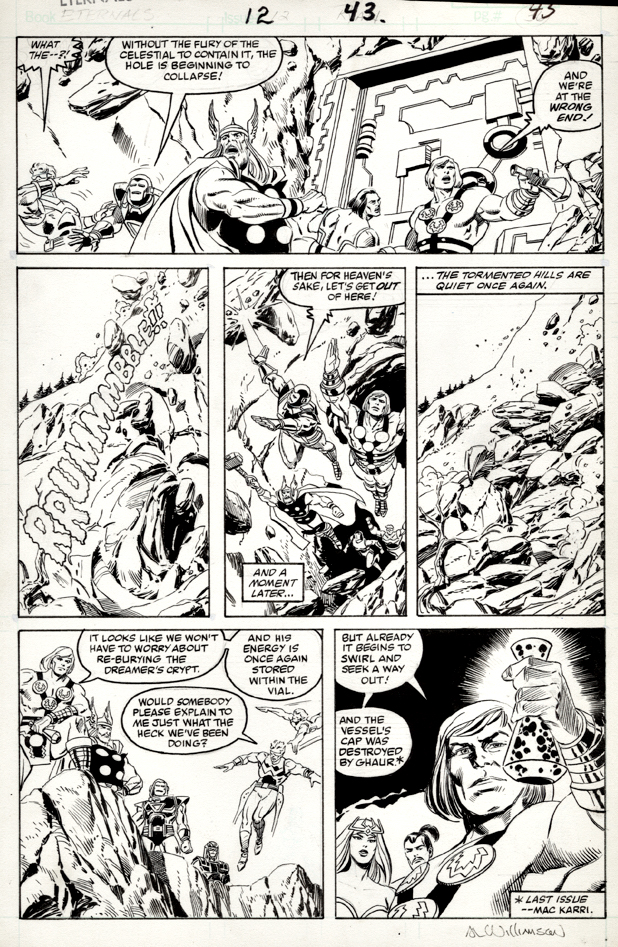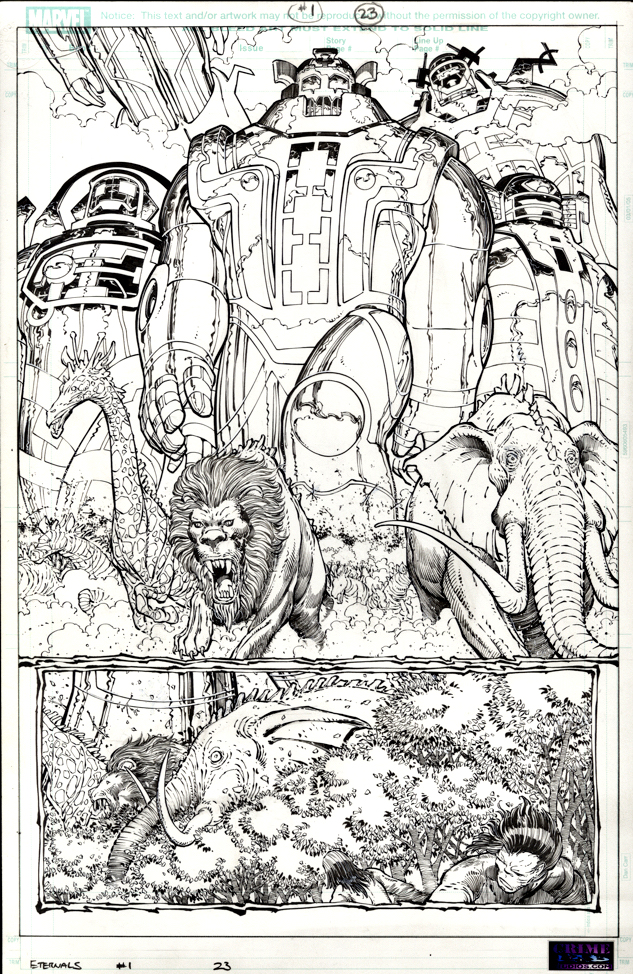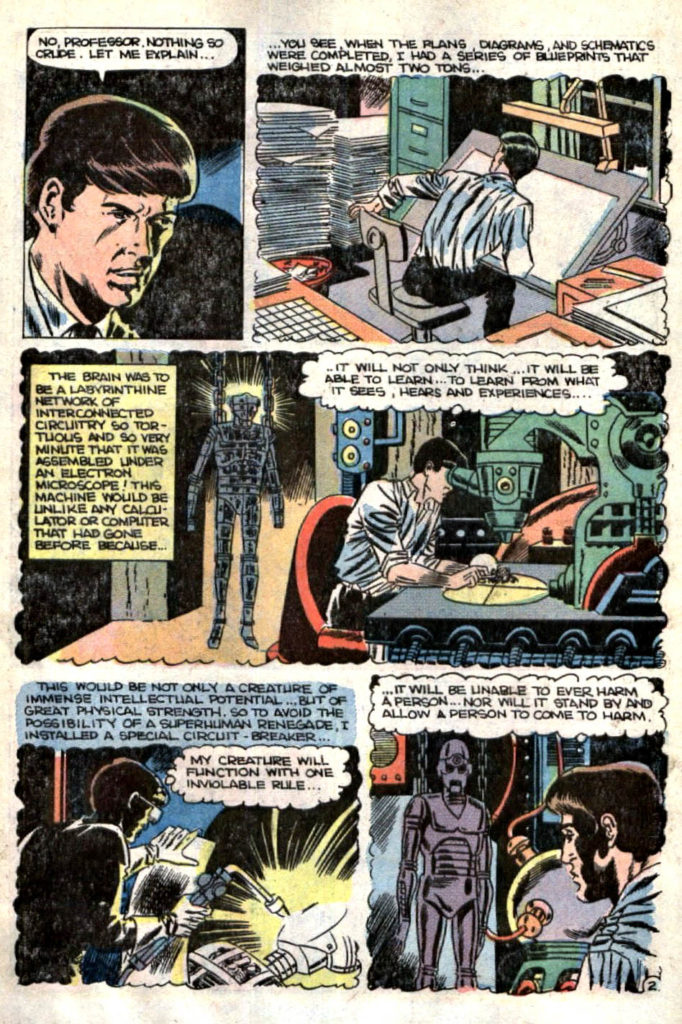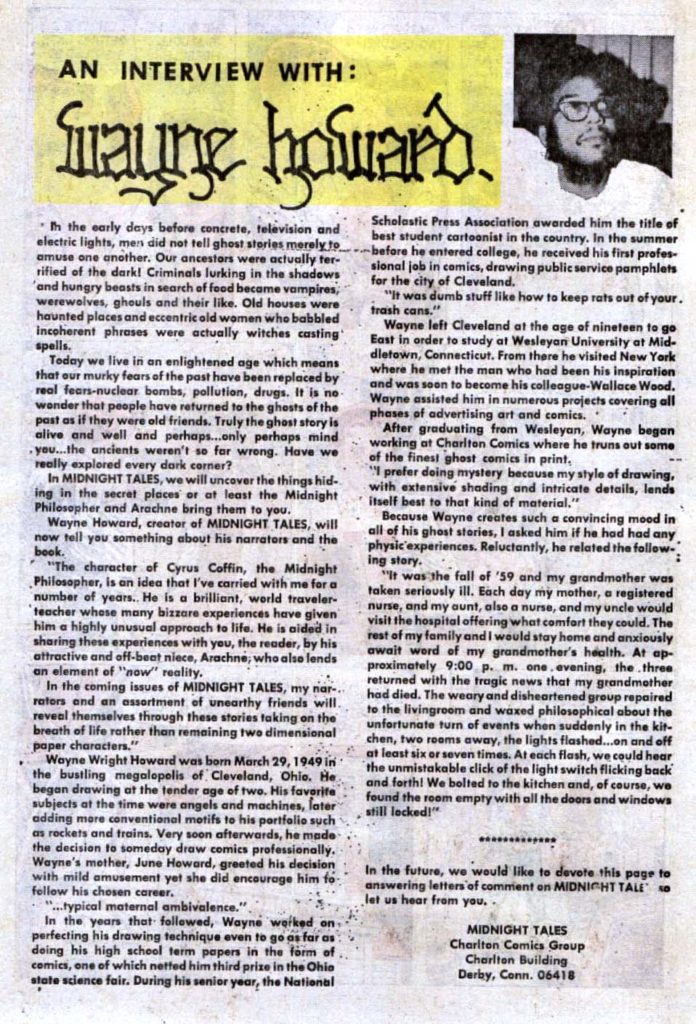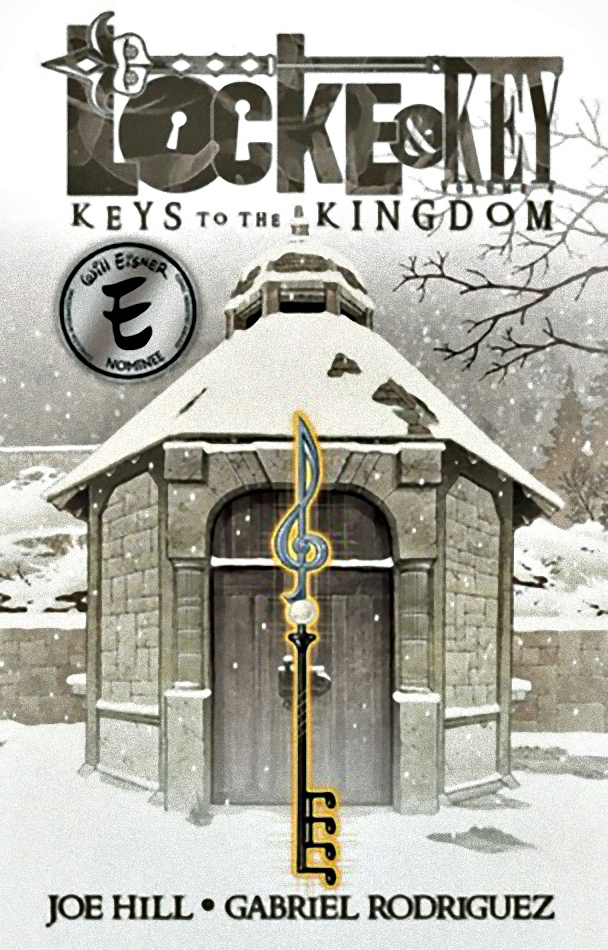Dan DeCarlo — Iconic (Part 2)
Pep #148, August 1961
One of my first DeCarlo pages is sill one of my favorites.
To say Dan infused the storytelling and character personality here with pizazz is an understatement. In fact, this page is a typical DeCarlo classic: Simple, clear, fun — and completely engaging.
The third panel (Archie’s close-up) is a classic summation of the dizzying nature of the character’s life overall, not just in this story.
I like that headshot so much I use the published version as my icon for this blog, as well as in other places too.
Dazed and confused? I’m pretty sure I can relate.





